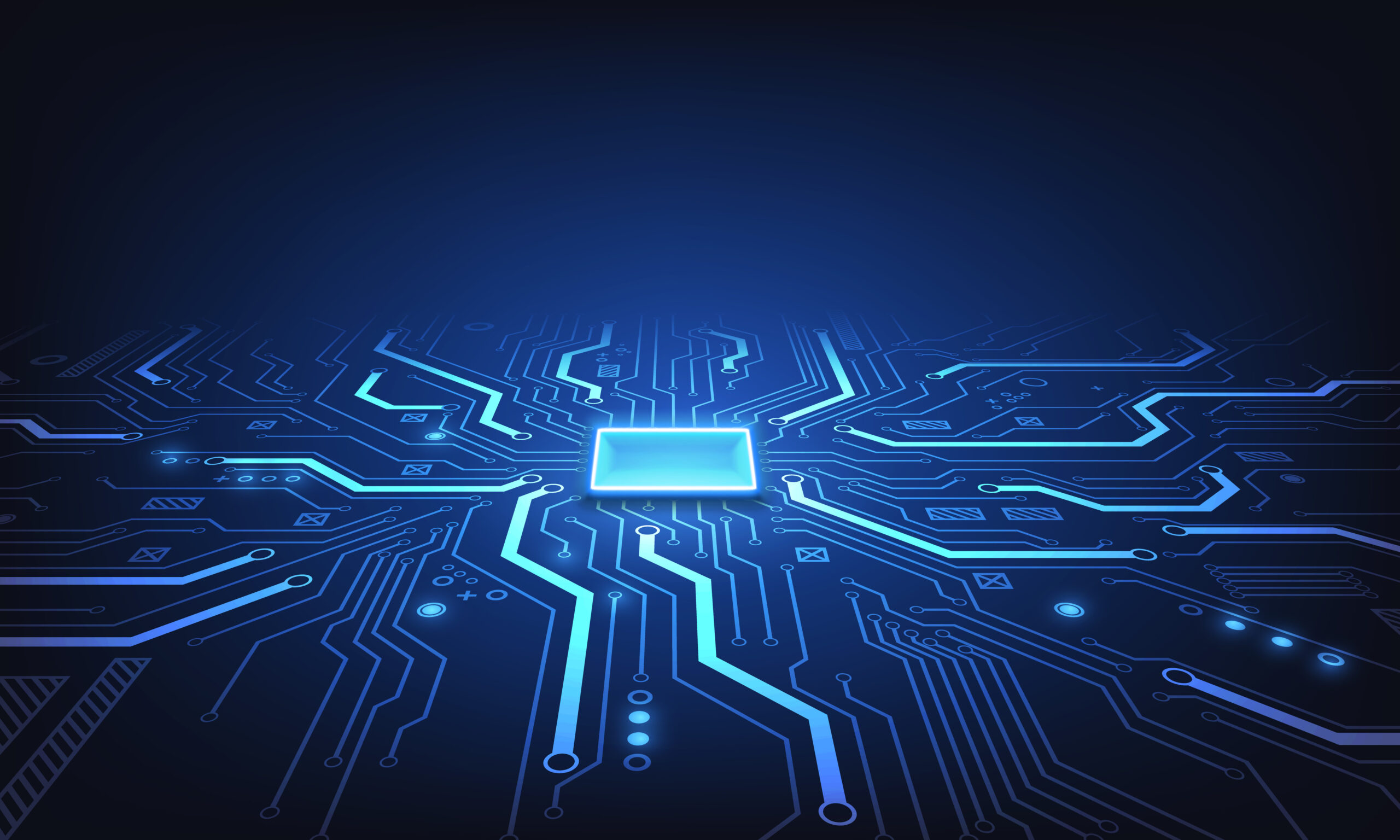By Jonathan Cassell
After completely reshaping the data center market, the AI revolution now has the PC business in its sights, as a new generation of microprocessors (MPUs) with integrated AI acceleration hardware arrive on the scene. However, potential disruptions to the supply of AI-enhanced microprocessors could lead to potential shortages as shipments of AI PCs soar this year and next.
Boosted by the popularity of generative AI models like ChatGPT, data centers have undergone a fundamental transformation in recent years, with the rapid adoption of servers equipped with AI accelerators, most prominently NVIDIA GPUs. This year, the PC market is set to commence its own AI transformation, making 2024 “the year of the AI PC,” according to Microsoft.
Microsoft in the second half of 2024 plans to release the next major version of Windows, which will focus heavily on AI. The new version will include an advanced version of the company’s Copilot AI assistant designed to improve productivity in apps, search and more.
The latest operating system is designed to capitalize on new PCs that incorporate neural processing units (NPUs). NPUs, which are chips or IP cores designed to accelerate the performance of neural networks, are set to proliferate in PCs this year.
In the past, PCs employed their microprocessors and graphics-oriented GPUs to conduct AI tasks. However, this approach can reduce PC performance and battery life, as neither of these types of chips is specifically designed to run AI tasks.
To address these issues, next-generation AI PCs being introduced this year will include NPUs from various suppliers.
For example, AI market leader NVIDIA is offering a new set of GPUs designed to serve as NPUs in laptop PCs. The company’s RTX 500 and 1000 Ada Generation laptop GPUs are suited to handle light AI tasks, with performance of up to 193 TOPS.
However, with AI becoming a standard feature in PCs, the latest set of PC-oriented microprocessors are integrating NPUs to provide a baseline of AI acceleration capabilities. Intel’s Core Ultra PC chipset represents the company’s first PC microprocessor with a built-in NPU designed to handle AI workloads.
The NPU delivers performance of 34 TOPS. However, future versions are expected to offer higher AI performance.
Intel expects 40 million AI PCs equipped with its Core Ultra PC chipset to ship in 2024 and 60 million in 2025.
However, Intel has faced challenges with ramping up AI-enabled microprocessors in the past. The company’s Sapphire Rapids chip for data center servers faced multiple delays, with the chip’s introduction postponed and shipment suspended due to challenges with low yields using the Intel 7 semiconductor process node. The Core Ultra chipsets utilize the company’s more advanced Intel 4 process.
Potential production ramp challenges for Intel could lead to short supplies of the Core Ultra line, squeezing buyers attempting to secure large volumes to support the AI PC manufacturing ramp-up. Buyers from PC companies could soon face lengthening lead times and rising prices for AI microprocessors, similar to the situation now for data center AI accelerators.
PC industry buyers should be prepared for potential supply shortfalls and seek alternative sources for PC microprocessors. They should also evaluate alternative approaches to accelerating AI, such as standalone NPUs.
Jonathan Cassell is the lead analyst for Supplyframe Commodity IQ
